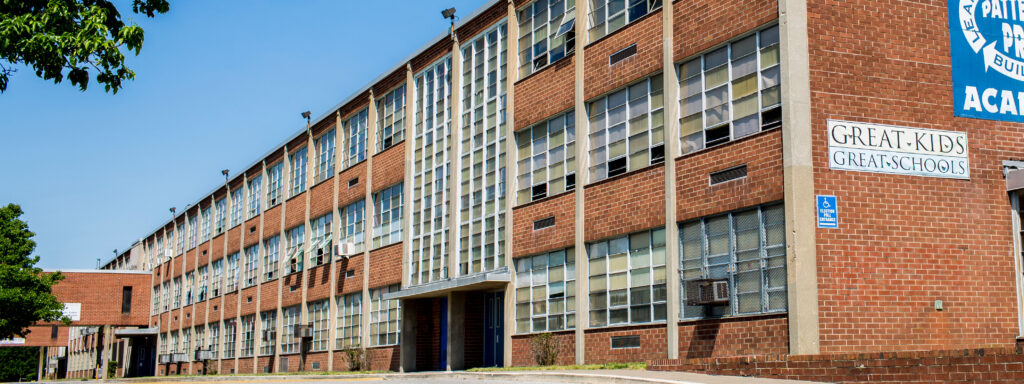Over the past several months, we’ve discussed why the “model minority myth” is so harmful to Asian American students, and suggested some community engagement practices schools can employ right away to support them. But there are also longer-term strategies that school systems should consider to improve the experience of their Asian American students.
First, school systems should commit to using rigorous and culturally responsive curricula. Research clearly shows how much it matters for all students—but especially students of color and multilingual learners—to see themselves, their experiences, and their cultures reflected in school experiences. Put simply, the wider the range of racial, ethnic, cultural, and linguistic perspectives schools incorporate into their curricula and instruction, the more students will be able to truly connect with what they’re learning.
This would both help Asian American students feel valued and included and prevent discrimination. For generations, most school systems have relied on curricula and instructional approaches that excluded the experiences of millions of Americans—and when Asians are included, they are most often portrayed as unwelcome foreigners. Using more rigorous and culturally responsive curricula can help ensure all students have opportunities to engage with the diverse tapestry of cultures, languages, and perspectives that forms the bedrock of our society—and to think critically about how they can continue the work of building a more inclusive, more just nation.
Second, school systems should take steps to ensure that their teacher demographics match that of their student population—including Asian American students. A growing body of research shows that all students benefit from having teachers of color, in the form of greater engagement, higher achievement, and cross-cultural interactions that can work against harmful stereotypes. For students of color, the benefits are even more significant. Students with the same race as their teacher are more likely to complete high school and go to college, less likely to be suspended, and more likely to be referred to gifted and talented programs.
Many school systems are starting to prioritize educator diversity. But there is still much work to be done: only 4.5% of Asian American students are enrolled in a district where the share of Asian teachers matches or exceeds that for students.
What other steps should school systems take to improve the experience of Asian American students? Please share your ideas with us.







